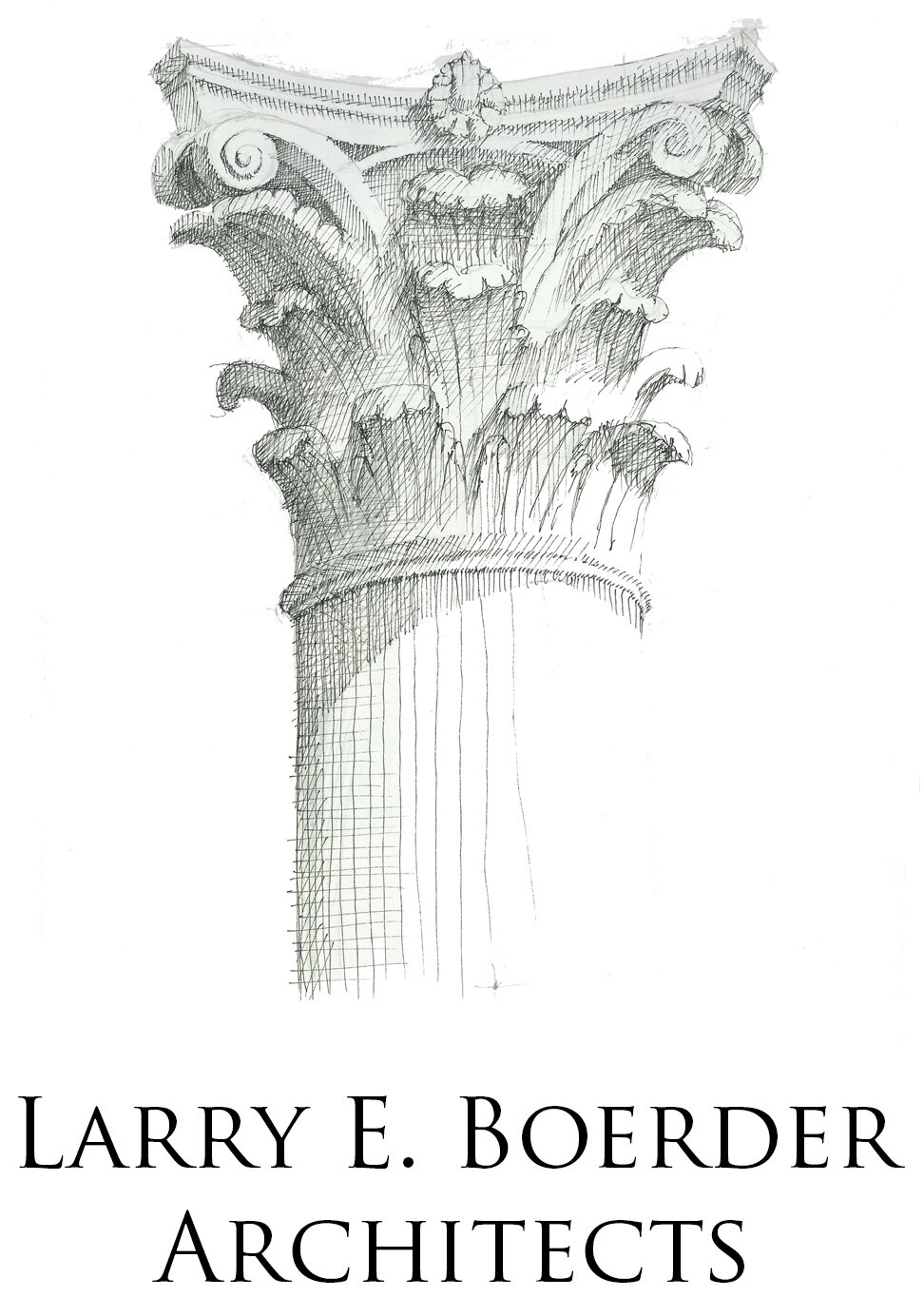Five Ideas to Help the Resell of Your Home
Building one’s dream residence often comes with implications synonymous with “forever home.” In reality, however, a house typically suits a client(s) for a particular stage of life and might eventually be sold once children “fly the coop” or other life circumstances change. As a result, many wise clients often consider how they can make design decisions which impact the resell value of their home. Although I always encourage clients to design a residence which fits their lifestyle, its generally a good idea to not go too outlandish— the next homeowner, for example, might not have such a lust for swimming as to require an Olympic size indoor pool. While certainly a unique amenity, the upkeep and usage of often precious square footage might prove off-putting to a future buyer.
Below are five recommendations I usually relate to clients looking to build a home not only perfect for them but suitable for any future owner.
1) Try not to be distracted by the architectural flavor of the month.
Like clothes, architectural trends most certainly come and go. My advice is always to choose a style with roots in the three principles of Classical architecture (scale, proportion, and detail). While these principles tend to be associated with more traditional designs, these rules do not exclude architectural elaboration upon a given style. Simply put, homes built according to these principles appeal to a wider variety of people because these rules result in designs which please the eye (for more info see Don Ruggles book Beauty, Neuroscience, and Architecture: Timeless Patterns and their Impact on our Well-Being).
When it comes to design, we do not need to reinvent the proverbial wheel. The implementation of these principles has a proven design track record. For the greater part of two thousand years, architects have designed an endless variety of architecture according to the metrics of Classicism. Rather than choose a new or trendy architectural style that may very likely come and go, choose an established design established inside the vernacular of Classical architecture.
2) Consider how the house might be remodeled or altered for future uses or purposes.
Just as design styles come and go, the way we live and use a home often changes over time. For example, up until recently kitchens were kept completely separate from living spaces such as the den or living room. Now, however, open plan living suits the needs and desires of many modern families. As a result, I always encourage clients to consider how the floorplan might be altered to fit future needs or changes of lifestyle. A conveniently located downstairs guest room, for instance, might prove handy if a future resident sees himself/ herself spending the last parts of their life in that particular home. The guest room can be easily converted into a Master suite. All in all, choosing a floorplan which lends itself to easy remodel remedies proves useful to not only the original homeowner but also to any future buyer.
3) Avoid untested home technology.
In a recent design meeting, a repeat client asked that no fancy light switches be incorporated into their new home. As it turns out, the high tech “speaking” lighting system from the previous home proved untrustworthy in comparison with the old fashioned, yet reliable light switch. As the client reminded me, “Larry, ‘smart technology’ is a euphemism for untested over time.” I happen to wholeheartedly agree with this client and caution future clients about turning their new home into a fully-fledged “smart house.” Nothing proves more frustrating to future buyers or dates a home than “state-of-the-art” technology which takes up precious wall space and which causes continual glitches (remember those room-to-room intercom wall panels in the eighties?).
Try figuring out which panel controls what light. Now try explaining that to any visitors!
4) Seek to build a home which fits into the neighborhood.
Designing a home for a particular neighborhood is an idea near and dear to my particular aesthetic (see my other blog post here). I would argue that a residence designed with a consideration towards the general scale and proportion of the other homes in a neighborhood results in a cohesion which trickles down into the very psyche of the individuals comprising the neighborhood. By building for the neighborhood the home’s residents become enmeshed within the vernacular of that particular community.
This is a lesson gleaned from building the “macmansions” of the 90’s. The longer I have designed homes the more I seek to sculpt a residence for that neighborhood rather than architecturally disrupt the cohesion. One of the highest compliments I can receive is for one of my designs to look as if it has always belonged.
Arguably, such a residence also retains a better resale value. By moving into a home sympathetically apart of the neighborhood framework, the buyer will often (unknowingly) become more quickly entrenched within their new community. The residence, already a part of that community, integrates the new residents into the framework of which it was already apart.
5) Build a home which considers the climate and environment.
In Dallas, I always give a slight chuckle when I see a new home featuring a wall of windows facing westward or a new building constructed of black bricks. These are components which do not lend themselves naturally to the Texas climate and usually result in huge energy consumption. Instead, I encourage clients to find a stone or design which naturally lends itself to the new residence’s climate.
All in all, avoid allowing hubris (encouraged by modern building methods) to trick you into choosing an unsuitable design for a particular climate. Such designs often prove difficult to resell because they require additional upkeep to compensate for their inability to cope with the environment.
In warmer climates, a porch helps insulate the home from the heat.






